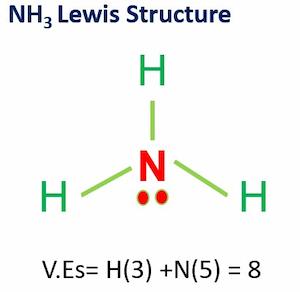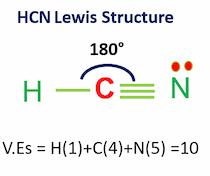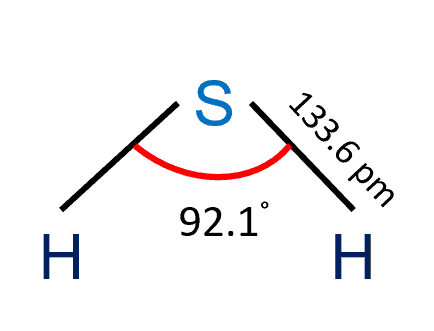
Carbon disulfide, often denoted as CS2 or CS₂, is a chemical compound consisting of carbon (C) and sulfur (S) atoms. In this comprehensive guide, we will unravel the Lewis structure of CS2 in four simple steps and delve into its molecular shape, bond characteristics, polarity, and hybridization.
| Name of Molecule | Carbon Disulfide |
| Bond Angles | 180 Degrees |
| Molecular Geometry of CS2 | Linear |
| No of Valence Electrons in the Molecule | 16 |
| C-S Bond Distance | 155.26pm |
Table of Contents
What is the Lewis Structure for CS2 and How to Draw It
The Lewis structure of a molecule represents the arrangement of its atoms and valence electrons. To draw the Lewis structure for CS2, follow these steps:
1. Calculate the total number of valence electrons in CS2: Carbon (C) possesses 4 valence electrons, while sulfur (S) has 6 valence electrons. As there are two sulfur atoms, the total valence electrons in CS2 sum up to 16.
2. Identify the central atom, which is the least electronegative atom. In CS2, carbon serves as the central atom due to its ability to form multiple bonds.

3. Establish single bonds connecting the atoms. Carbon forms single bonds with the two sulfur atoms (C-S-S).

4. Distribute the remaining valence electrons to satisfy the octet rule. Each sulfur atom initially holds 6 electrons (2 as lone pairs and 2 in the C-S bond). Carbon achieves its octet by forming double bonds with both sulfur atoms, resulting in a double bond between carbon and sulfur in CS2.

This is how to draw the Lewis structure of Carbon Disulfide (CS2).
What is the Molecular Shape of CS2
The molecular shape of CS2 is linear, characterized by the linear arrangement of its atoms. This linear configuration arises because the central carbon atom is bonded to two sulfur atoms, resulting in a bond angle of 180 degrees.
Why is CS2 Double Bonded
The double bonding in CS2 is necessitated by carbon’s need to complete its octet. By forming double bonds with both sulfur atoms, carbon attains a full valence shell of 8 electrons.
Is CS2 Polar or Nonpolar
CS2 is a nonpolar molecule. Despite having polar C-S bonds due to differing electronegativities, its linear molecular shape results in the cancellation of bond dipoles, yielding no net dipole moment and thus classifying CS2 as nonpolar.
CS2 Hybridization
Carbon in CS2 undergoes sp hybridization. This hybridization involves the fusion of one s orbital and one p orbital of carbon to form two sp hybrid orbitals. These hybrid orbitals subsequently overlap with the 3p orbitals of sulfur atoms to create sigma bonds, maintaining the linear molecular shape of CS2.
In conclusion, comprehending the Lewis structure, molecular shape, polarity, and hybridization of CS2 provides profound insights into its chemical properties and behavior. The linearity, double bonds, and nonpolarity of CS2 contribute to its unique characteristics, shaping its role in various chemical reactions and applications.
- BCl3 Lewis Structure in four simple steps - November 1, 2023
- PH3 Lewis Structure in four simple steps - October 8, 2023
- PF3 Lewis structure in four simple steps - September 24, 2023



